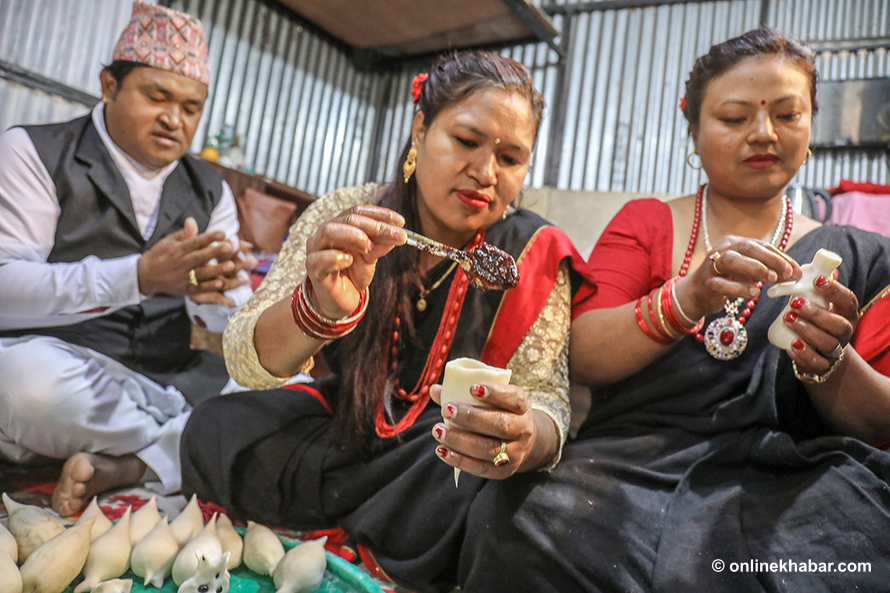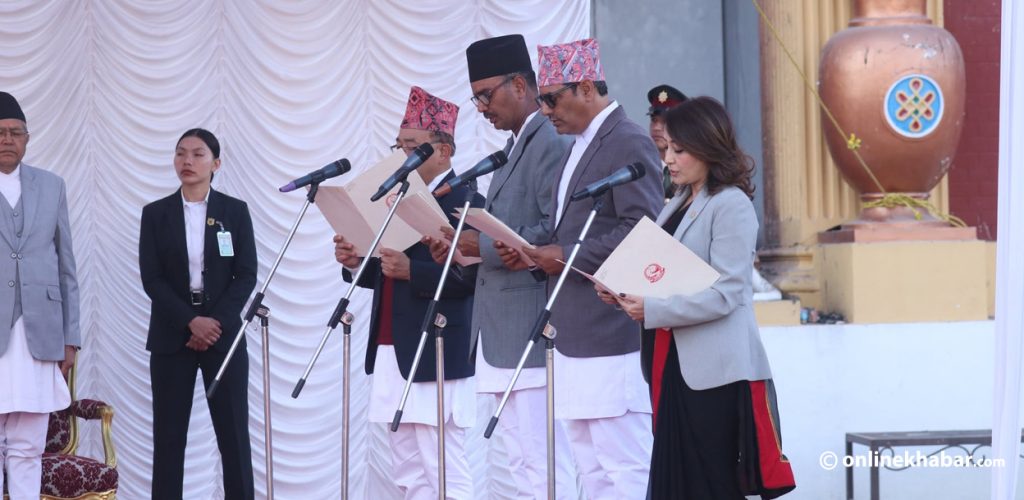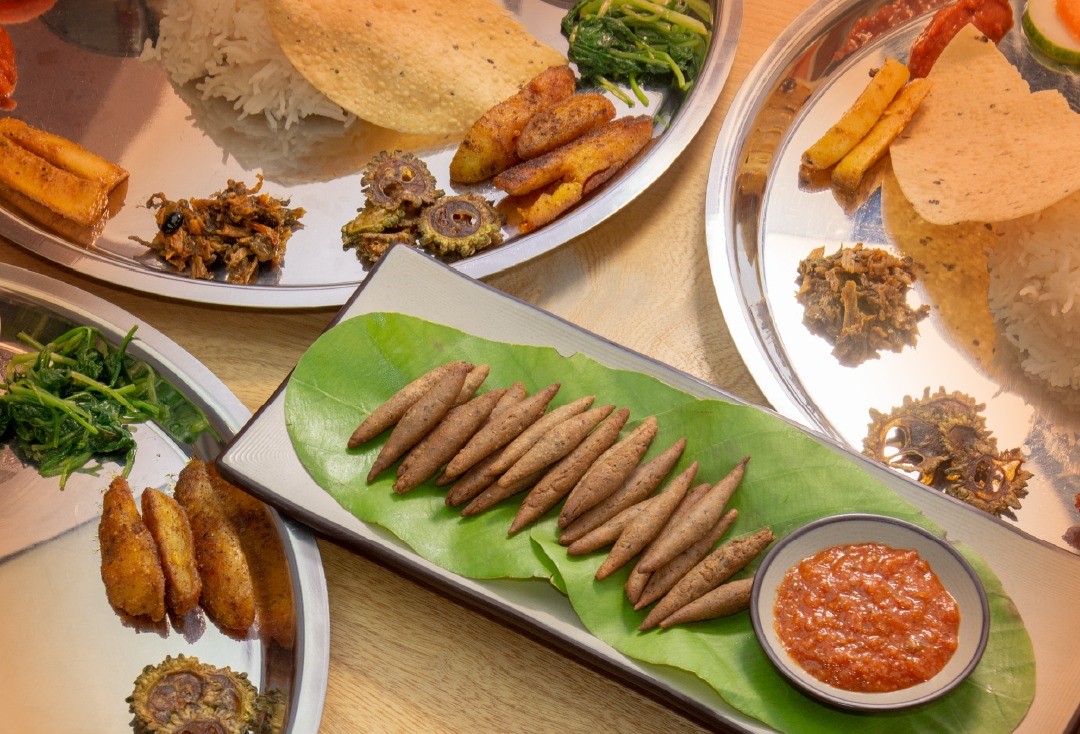
Amid the vibrant streets of Kathmandu, just a few minutes from Battisputali Chowk, stands a three-storied white house partially clad in stone. On the left-hand side as you enter, you will notice some stone taps that might remind you of those found in Muktinath. Opposite them, the name House of Thakali is etched on the wall, welcoming diners into what it calls an “authentic Thakali restaurant.”
Officially opened in July 2024, this newcomer joins the growing wave of Thakali eateries blossoming across the city. And like many of its peers, it aims to stand out—whether through its food, ambience, or attentive service. Upstairs, a large photo of Mustang’s Tukuche village—the heartland of the Thakali people—sets the tone for what promises to be more than just a meal.
Approach to consistency in taste

One of the major challenges restaurants face in Kathmandu is inconsistency in taste. One day, the food may taste great; the next, it might not. Maintaining consistent quality remains a significant hurdle. However, the House of Thakali has adopted a unique approach to tackle this, and so far, it seems to be working.
They follow two key strategies. First, they have a dedicated kitchen for Thakali food and a separate one for non-Thakali dishes.
“The dedicated kitchen helps us focus more on the food,” says Ayush Sherchan, owner of the House of Thakali.
Second, they have a food taster, known as Muwa—someone well-versed in the authentic flavours of Thakali cuisine. Dishes are only served after Muwa approves them. Additionally, another owner, Pratikshya Sherchan, who leads the kitchen department, also personally tastes every dish to ensure quality and consistency.
“Maintaining consistency in food is tough. Even if we follow the best cooking methods, the taste can still be affected by variations in raw materials,” says Pratikshya. “Sometimes, chillies are too strong, and sometimes they are not—it directly affects the taste. So, we first prepare the masala, and if it does not turn out right, we redo it.”
She adds that the restaurant’s recipes are exactly the same as the ones used in their own family kitchen. The establishment also meets all hygiene standards.
To ensure high-quality raw ingredients, the House of Thakali is in the process of collaborating with private farms for a reliable supply of vegetables.
Another major challenge for restaurants is employee retention.
The House of Thakali is also facing this issue. With the increasing trend of seeking employment abroad, especially in the hospitality sector, retaining trained staff has become increasingly difficult.
“Managing human resources is challenging. We want our staff to stay with us for the long term, but that is easier said than done. We are still trying to figure out a solution,” says Ayush Sherchan.
The idea behind opening House of Thakali
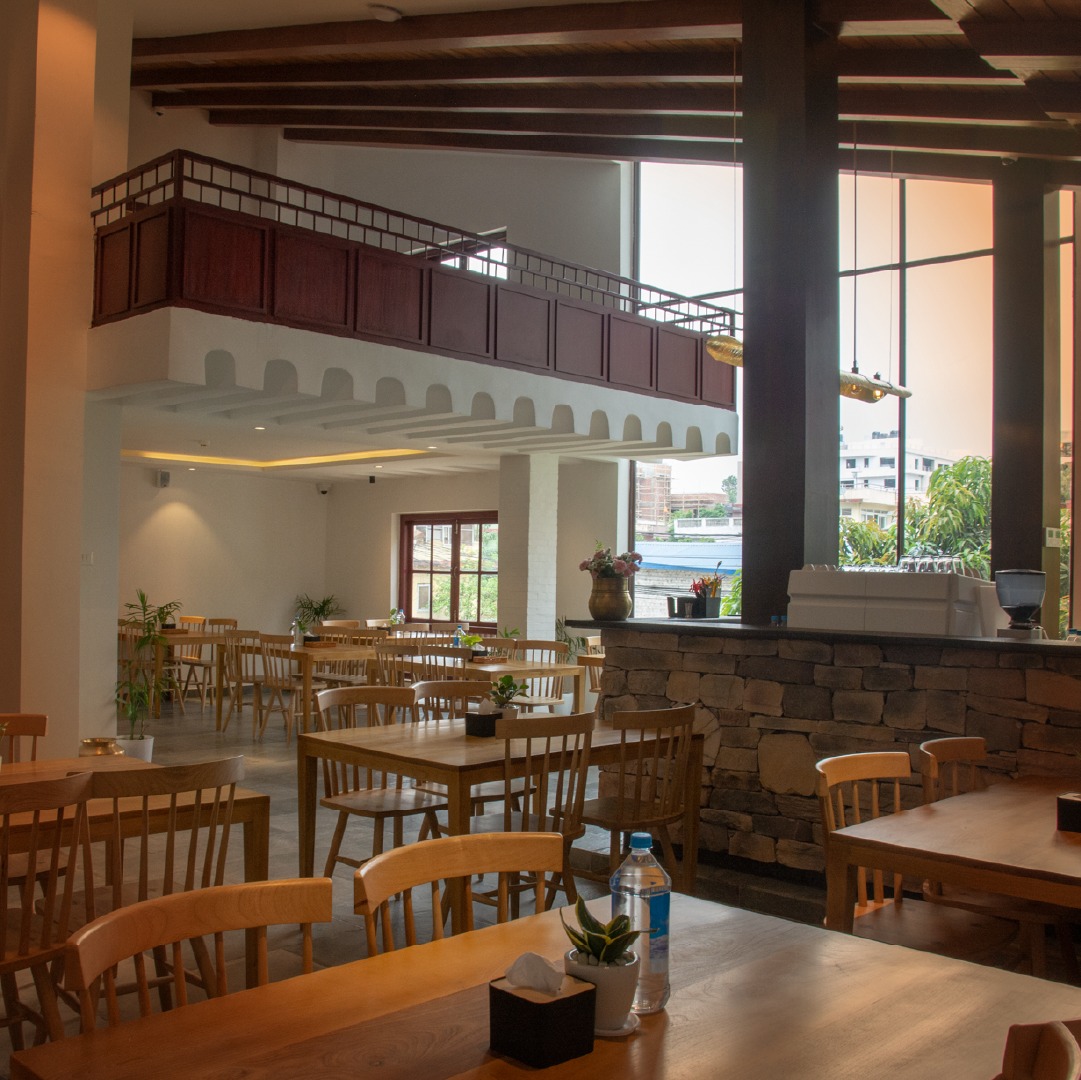
Ayush Sherchan, who was born and raised in Kathmandu and also owns a college in Battisputali, has observed significant changes in the area over the years.
Knowing the area well, he realised the need for a quality Thakali restaurant in the locality. His ancestral roots in Tukuche, Mustang—a region renowned as the origin of Thakali cuisine—further motivated him to start the venture.
With this restaurant, Sherchan aims to elevate the standard of Thakali food.
“Rather than trying to earn money overnight, our goal was to win the hearts of our customers and build something sustainable for the long run,” he says.
A plethora of dishes and a family-friendly space
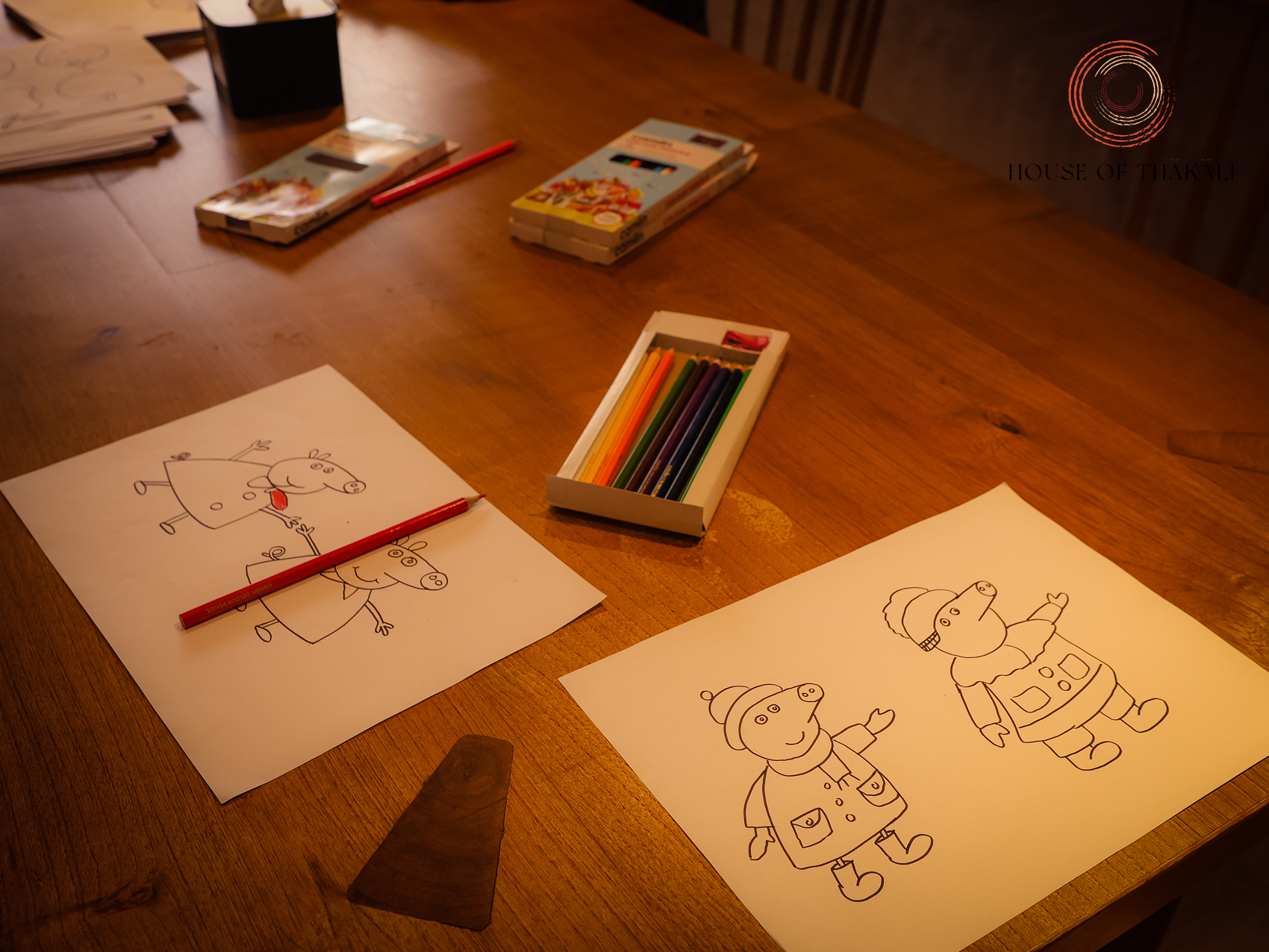
Alongside the unique concept of a dedicated Thakali kitchen and a food taster, the House of Thakali also includes a kids’ room, allowing children to play while their parents dine.
In addition to Thakali cuisine, the restaurant also serves Chinese, Continental, Indian, and other dishes.
Lastly, when asked to recommend some must-try items, Pratikshya suggested Sukuti made from mountain goat (Chyangra), Mutton momo, Dal and mutton khana set.
“Initially, we did not offer mutton momo, but later on, people suggested we add it—and so far, we have received great feedback,” says Pratikshya. “We are also getting suggestions to add more items, and we are working on it.”












